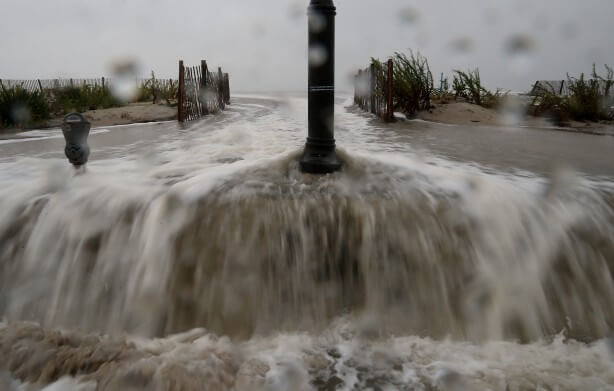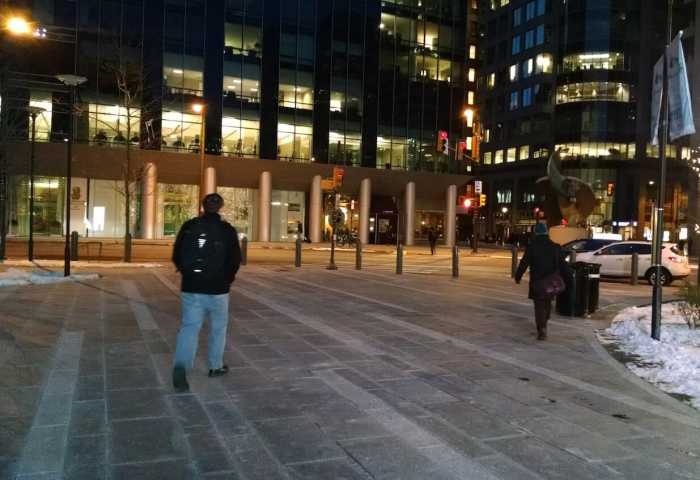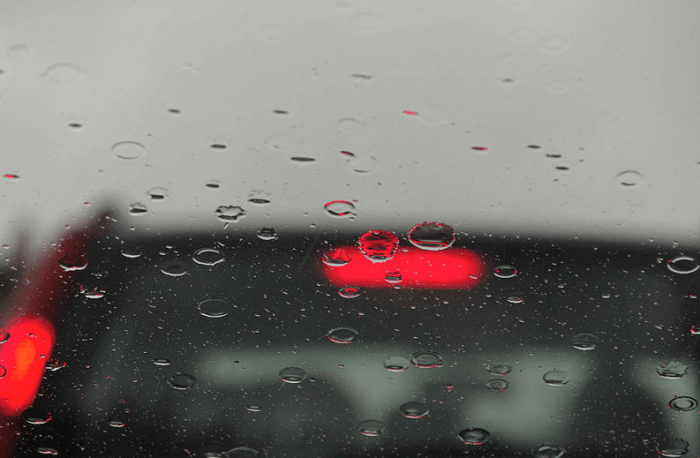Global warming will cause many small problems that add up to big ones in Philadelphia as the planet heats up.
Droughts will be more common, as will extreme rain events. The city’s proximity to the Delaware River means that there’s more risk of flooding from sea level rise. Oh yeah, we’re near the Atlantic Ocean, which will have more hurricanes as ocean temperatures rise. Weather.com concocted the Climate Disruption Index, and applied it to cities with populations larger than 200,000. The index also looked at the potential for an urban heat island effect, average temperature changes and average precipitation changes. A Philadelphia-specific set of details weren’t found in the weather.com index. They can be found in a 2014 report written for the Mayor’s Office of Sustainability, which notes that winters will become warmer, and more precipitation is expected over those winters. Extreme heat could also become more prevalent. Over the next century, the number of days the mercury rises above 95 degrees will increase. Scientists also predict more than a dozen days where the temperature exceeds 100 degrees over the next century. Just one day topped 100 between 1981 and 2010. Sea-level rise could also be very costly for Philadelphia’s drinking water system. That’s because as sea levels rise, ocean water could move farther up the Delaware River, where there is one inlet that provides drinking water to 1 million people. Acclaimed scientists Michael Mann of the Penn State Earth System Science Center and Katharine Hayhoe of Texas Tech consulted on the index.
The index weighs the effects of sea level rise heavily, with cities along the Atlantic tending to perform worse. But inland cities, such as Kansas City, Missouri, rank higher because of the potential for higher temperature increase and drought. New Orleans ranked first on the list. Those that remember Hurricane Katrina might have a good example as to why.
Floods, droughts and hurricanes: Philly’s big risks from global warming




























